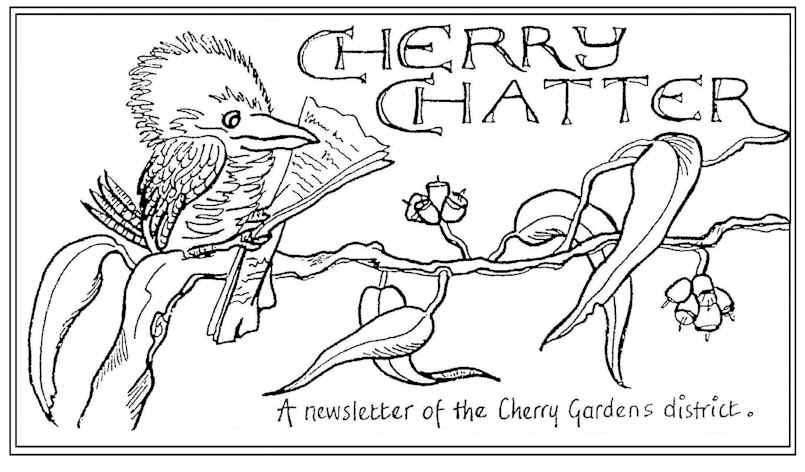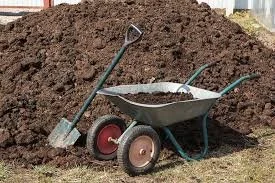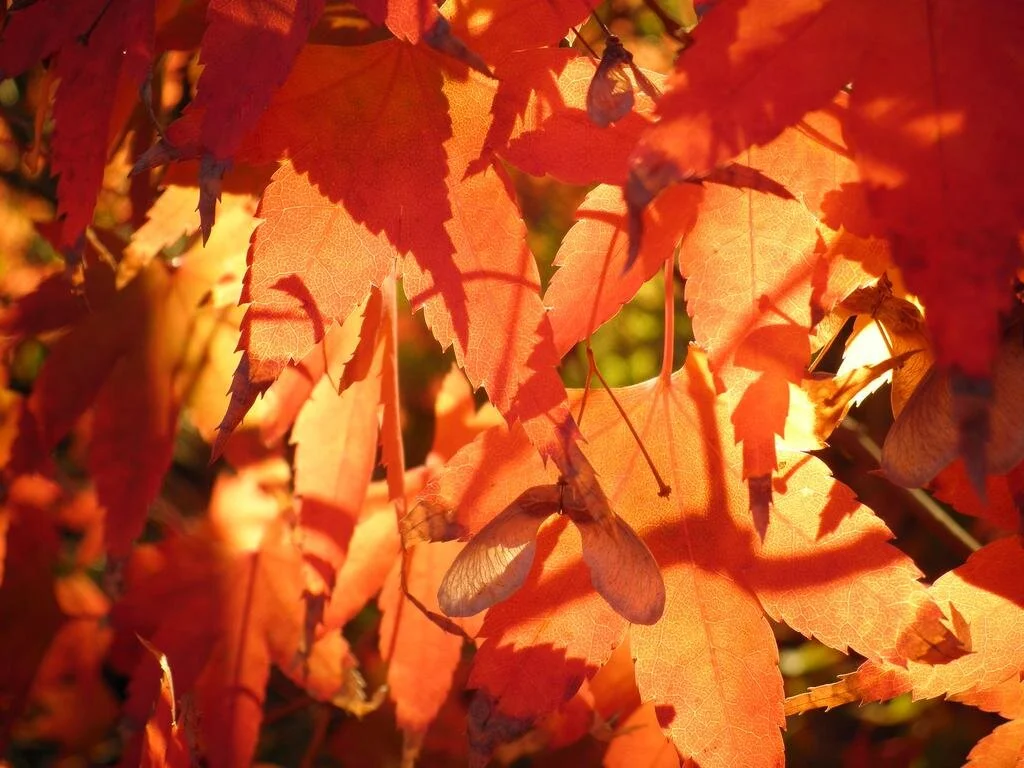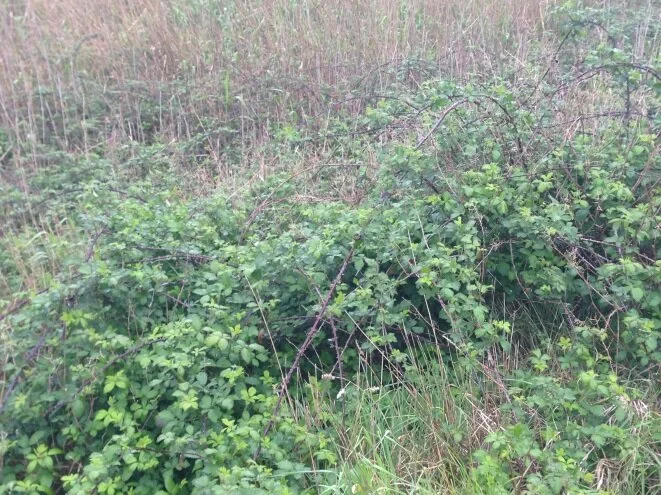Garden Club
the amazing life of Western Honey bees
Exclamations, sounds of wonder and amazement were elicited from our members when Paul Frost from the Bee Keepers’ Society of SA took us on a journey of discovery of the amazing life of Western Honey bees – Apis Mellifera.
Who hasn’t stood and watched bees busily buzzing around, gathering nectar from flowers in the morning? In their simplicity they give us no clue that we are in fact observing an incredibly complex nectar harvesting and storage machine. All bees are part of a really tightly run ship – their hive. Most bees you see are female worker bees, each with specific tasks in the hive. Rarely seen drones on the other hand are males and don’t work; existing simply to fertilise the eggs carried by the hive’s only larger than normal sized bee - the Queen. Then they die! Bees fulfil a vital role in fertilising plants and trees including those edible to humans. Honey consists of 82% nectar and 18% water and is stored in enough quantity to feed the hive in times of nectar shortage. Honey’s medicinal properties can be lost if heated to a high enough temperature. Honey and wax are used in countless flavourings, cosmetics, cleaning materials and other products which are essential to modern life. At present honey research in underway to discover a replacement for current day antibiotics, to which bacteria are fast becoming resistant. Honey stored in the Pyramids with mummified royalty more than 2000 years ago, was reportedly in as good condition as when first placed there, to provide nourishment to Egyptian royalty on their journey to heaven.
Alarmingly bees are rapidly disappearing from Planet Earth due to pollution, insecticides, and disease and we will be in dire straits without them. Some countries in the world already have to pay human workers to fertilise their orchards of fruit bearing trees using paint brushes.
To the pro-active, interested, and willing of us
If we reduce our insecticide usage, or at very least, carefully follow directions on the pack of insecticides and other garden chemicals, we could remove the last straw to break the camels back, thus avoiding Bee Extinction.
Strategies for Reducing Harm to Pollinators From Pesticides
Careful timing of pesticide applications is the most basic consideration in reducing harm to bees. For example, wherever possible pesticides should not applied to blooming plants, or on plants where beneficial insects are active. Similarly, night time spraying, when bees are not foraging, is one way to reduce mortality. Low temperature periods also tend to be safer for spraying since most bees are not active. (However, keep in mind that the residual toxicity of many insecticides tends to last longer in cool temperatures. In addition, dewy nights may cause an insecticide to remain wet on the foliage and be more toxic to bees the following morning.)
GEORGE’S GARDENING SUGGESTIONS FOR June 2018
• Plant seedlings of broccoli, cabbage, cauliflower, and lettuce, keep weeds down around these vegetables, especially onions as they don't like competition. Broad beans can still be sown, as well as parsley seed.
• In the flower garden, plant seedlings of delphiniums, dianthus, linaria and statice, snapdragons and Iceland poppies. Potted chrysanthemums are often out at bargain prices after Mother's Day and are still flowering - trim spent flowers, give them a feed and plant out in the garden when all flowers are finished.
• Divide agapanthus, plant bulbs of hippeastrum but you may not get flowers for a couple of years as they like to be crowded.
• You can start pruning deciduous fruit trees now. Remove suckers from below the graft on ornamental and fruiting trees as well as on roses to prevent the rootstock from taking over
Next Meetings
Monday 18th June - Kevin Bowden will speak on Camellias, Stangate House and its history.
Monday 9th July - Winter Warmers; an evening of soup and slices. Please bring a gardening tip or trick you can share with others.













